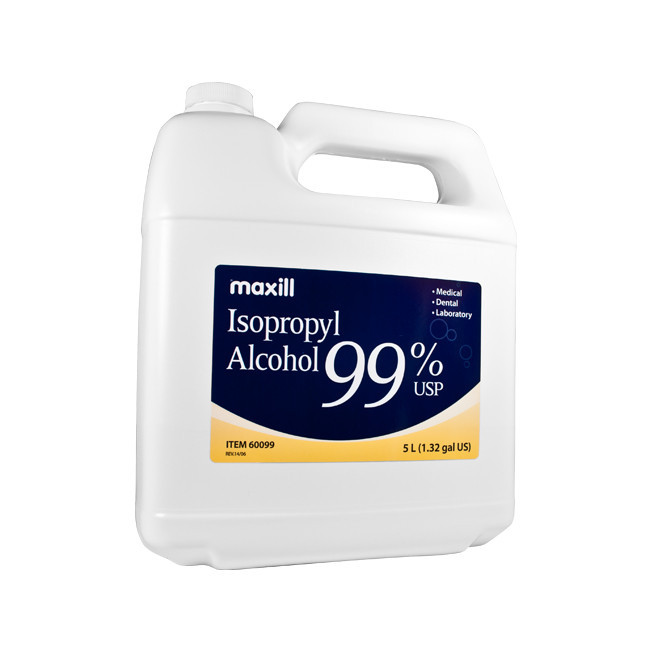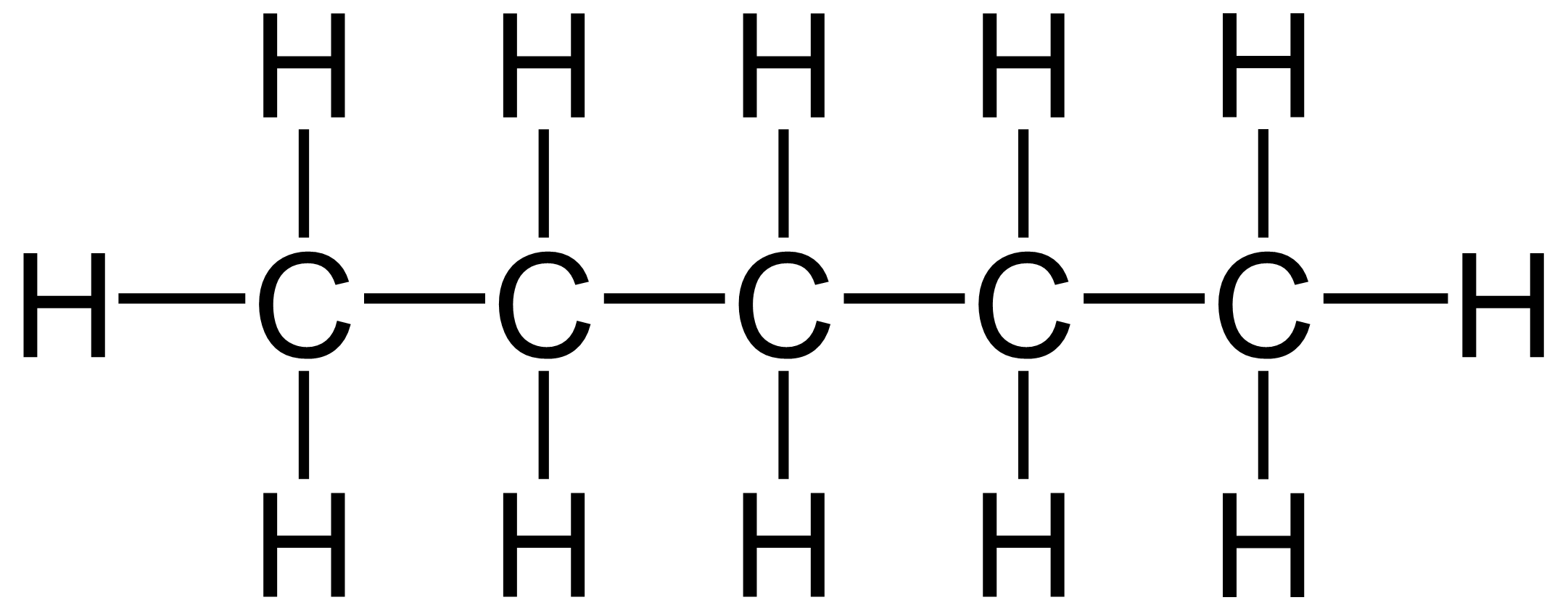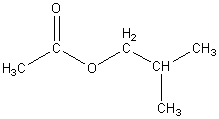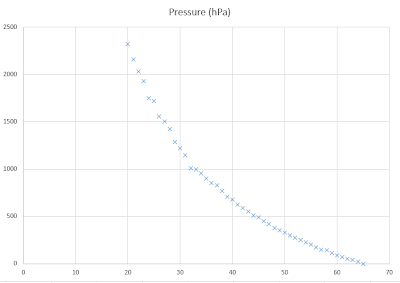Does the height from which a ball falls affect the depth of the hole it leaves into the gelatin?
Objective: Investigate a relationship between a falling ball and the surface it falls in.
Hypothesis:
The height is directly proportional to the depth of the hole. The increase in height
means more potential energy, which means the ball will fall with more energy,
hitting the ground making a deeper hole. Therefore, the hole in the gelatin will be
deeper the higher the point from which the ball is dropped.
List of variables:
Independent variable: height of the ball, controlled by throwing
the ball from different heights on a vertical ruler, such as 30cm, 35cm, 40cm,
etc.
Dependent variable: depth of the hole, using a ruler to measure the depth of the hole the marble leaves.
Controlled variables: weight and volume of the ball, controlled by
using the same marble every time.
List of materials:
Marble
Gelatin (250mL water + 7g Flosorb)
Ruler
Beaker
Scale
Beaker
Scale
Method:
1.- Let
the ball fall into the gelatin from a certain height and measure the depth of
the hole.
2.-
Repeat step 1 from several heights.
3.- Create a
table with the results and study the relationship between the variables.



















